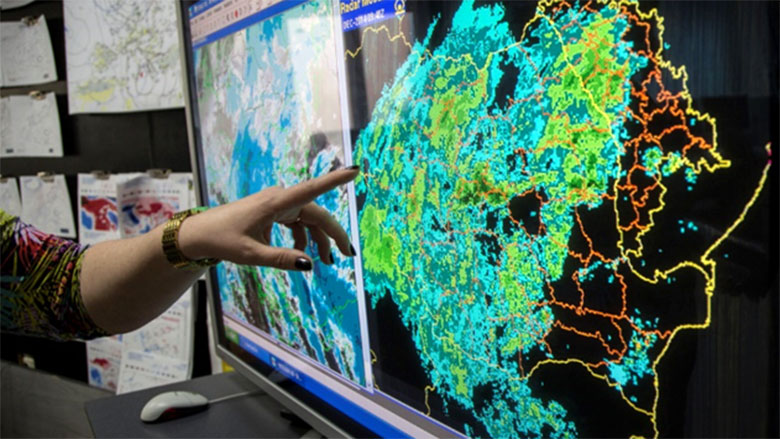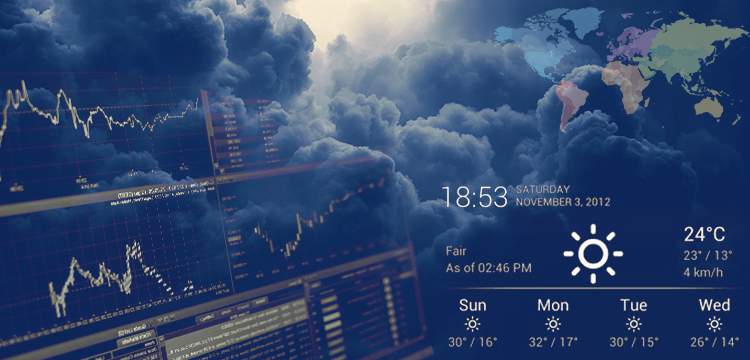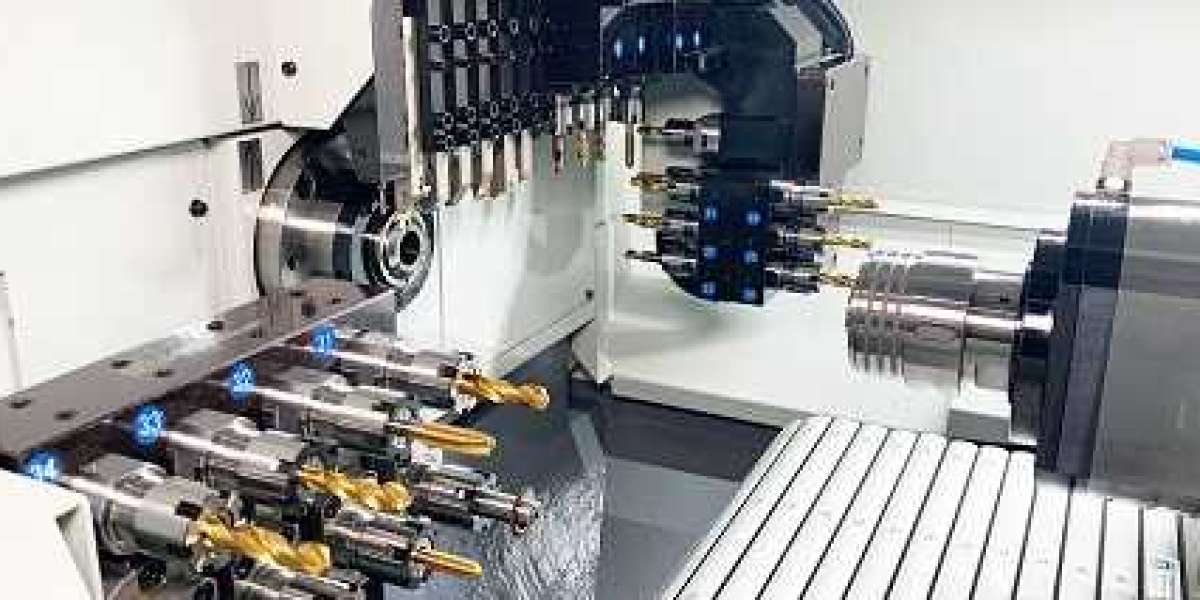Emerging technologies and trends promise to usher in a new era of precision, reliability, and accessibility in predicting the whims of weather. Join us as we unravel the promising landscape of tomorrow's weather forecasting https://climatempo.com/
The Current State: A Glimpse into Modern Forecasting
Satellites and Supercomputers
Modern weather forecasting leans heavily on the shoulders of advanced satellite technology and supercomputing capabilities. Satellites provide a bird's-eye view of atmospheric conditions, while supercomputers crunch vast amounts of data to simulate and predict weather patterns. However, the quest for more accurate and timely forecasts continues to drive innovation.
Data from Ground-Based Sensors
In addition to space-based observation, ground-based sensors play a crucial role. These sensors, strategically positioned worldwide, collect real-time data on temperature, humidity, wind speed, and more. The combination of satellite and ground-based information forms the foundation of contemporary weather forecasting.
The Revolution Unfolding: Emerging Technologies
Artificial Intelligence and Machine Learning
Artificial intelligence (AI) and machine learning (ML) are becoming game-changers in weather forecasting. These technologies analyze vast datasets at unprecedented speeds, allowing for more accurate predictions. AI and ML algorithms can identify patterns, learn from historical data, and continuously improve forecast models, enhancing the reliability of weather predictions.
IoT and Smart Sensors
The Internet of Things (IoT) is bringing about a paradigm shift by introducing smart sensors into everyday objects. In the realm of weather forecasting, this means an extensive network of interconnected sensors, from smart thermostats to autonomous vehicles. These sensors provide a wealth of real-time, hyper-local data, enabling forecasters to create more granular and location-specific predictions.
Trends Shaping Tomorrow's Forecasts
Hyper-Local Weather Predictions
The future of weather forecasting is moving towards hyper-local predictions. Traditional forecasts often cover large geographic areas, but emerging technologies allow for more precise forecasts tailored to specific neighborhoods or even street-level accuracy. This is particularly valuable for urban planning, agriculture, and disaster preparedness.
Crowdsourced Data and Citizen Science
The rise of smartphones has turned millions of people into potential weather data contributors. Through dedicated apps and platforms, individuals can share real-time weather observations, contributing to a crowdsourced network of data. This citizen science approach adds another layer of information, improving the accuracy and timeliness of forecasts.
Forecasting Challenges: Navigating the Storms
Data Overload and Processing
While the abundance of data is a boon, it also poses challenges. Processing vast amounts of information in real-time requires robust infrastructure and advanced algorithms. Forecasting systems must evolve to efficiently handle the data deluge, ensuring that the insights derived translate into accurate and actionable predictions.
Privacy and Ethical Considerations
The utilization of IoT and crowdsourced data raises privacy concerns. Striking a balance between gathering valuable information and respecting individual privacy is a critical aspect of the evolving landscape. Ethical considerations in data collection and usage must be carefully navigated to maintain public trust.
The Road Ahead: What to Expect
Improved Extreme Weather Prediction
As the frequency and intensity of extreme weather events increase, the need for accurate predictions becomes paramount. Emerging technologies, particularly AI and machine learning, hold the promise of enhancing our ability to foresee and respond to hurricanes, tornadoes, and other severe weather conditions.
Advancements in Visualization Tools
Communicating complex weather information to the public is as crucial as accurate predictions. Future forecasting will likely witness advancements in visualization tools, including immersive technologies like augmented reality (AR) and virtual reality (VR). These tools will make weather information more accessible and easier to understand for the general public.
Conclusion: Embracing the Forecasting Horizon
The future of weather forecasting is unfolding at the intersection of innovation and necessity. From the integration of AI and IoT to the rise of citizen science, each advancement propels us closer to a future where weather predictions are not only more accurate but also more inclusive and accessible to everyone.
As we navigate the storms and sunshine of tomorrow's weather landscape, the fusion of emerging technologies and evolving trends promises to revolutionize the way we understand and prepare for atmospheric changes. Embracing these advancements ensures that our ability to foresee the future of weather remains as dynamic as the atmosphere itself. The horizon is bright, and the forecast is clear: the future of weather forecasting is a journey worth navigating.










